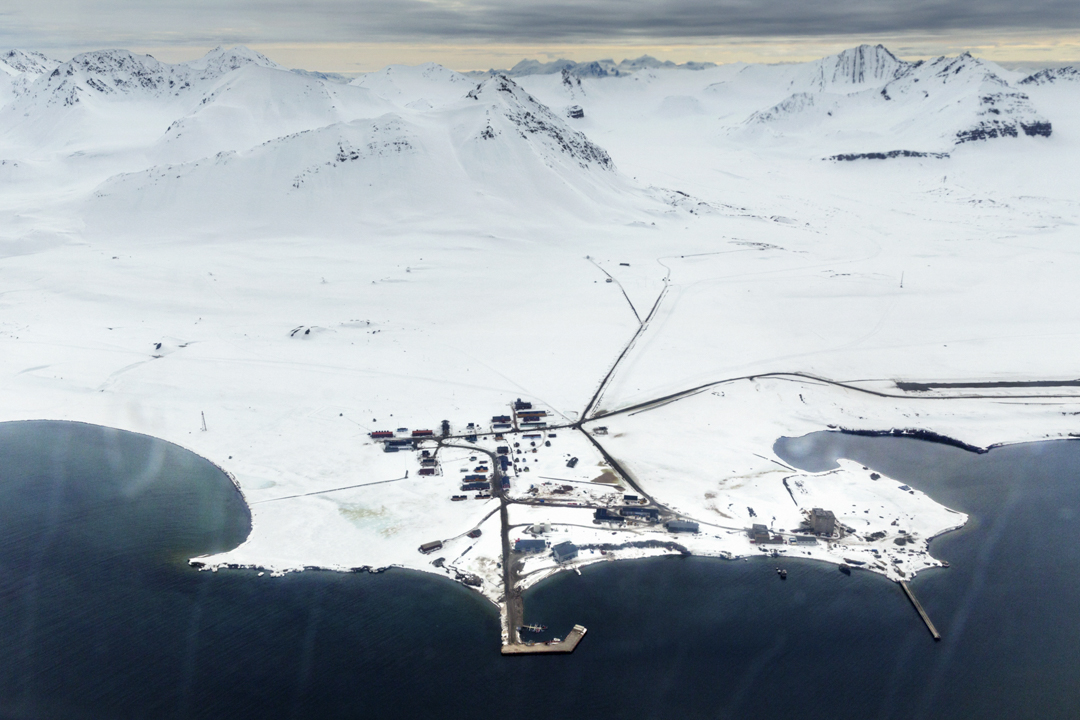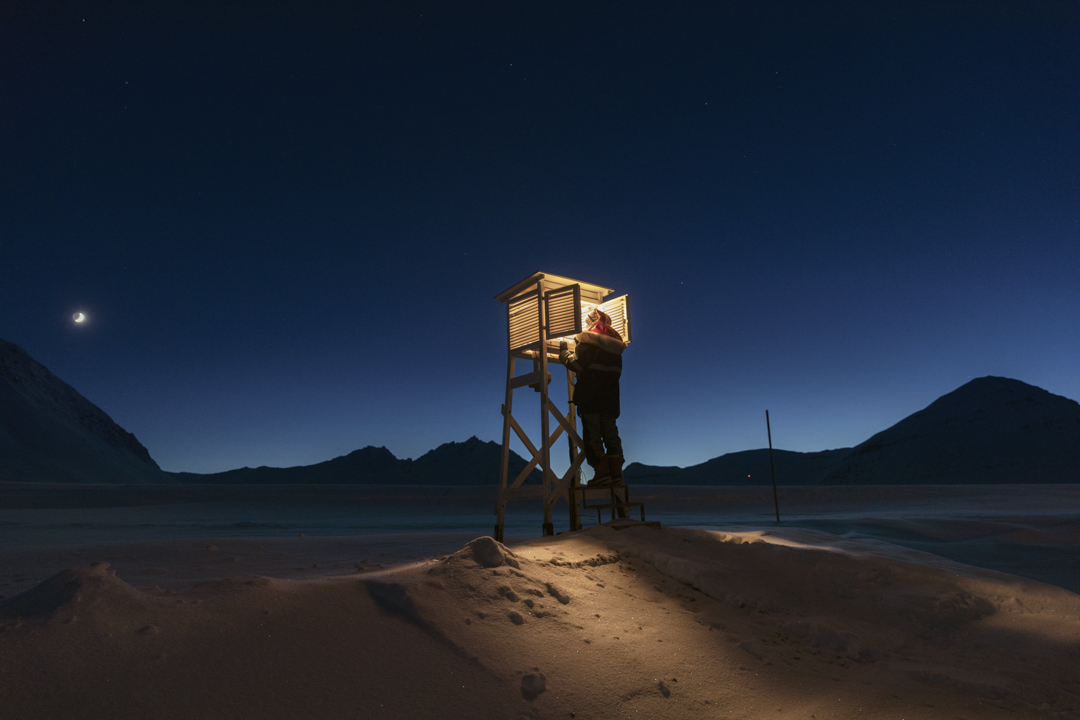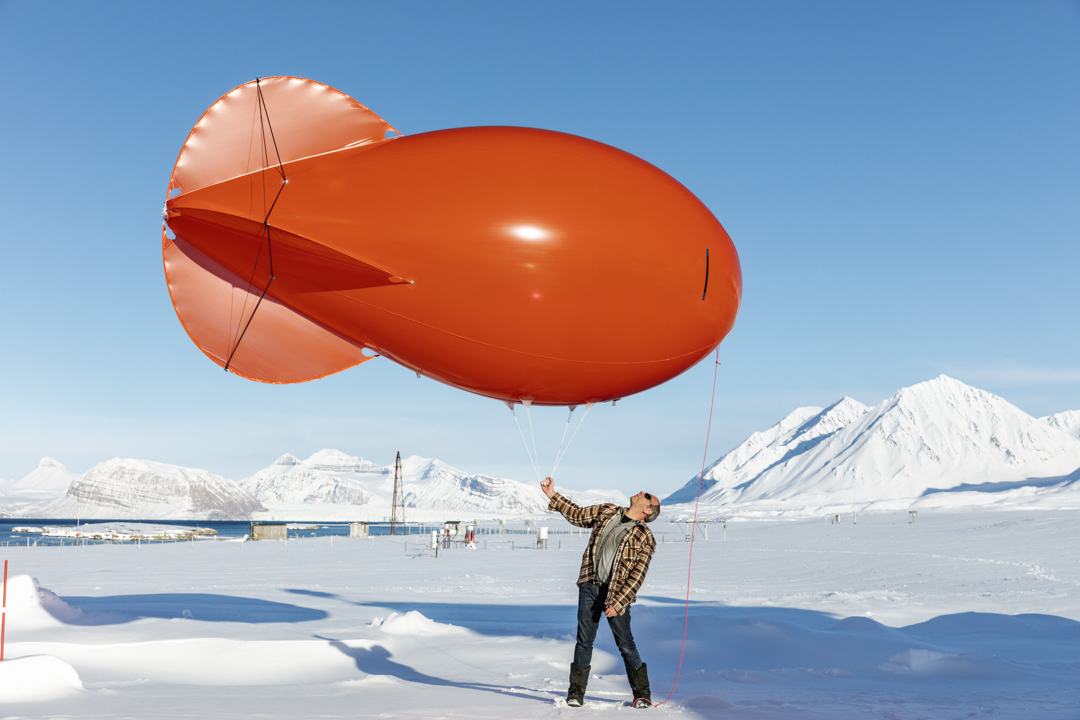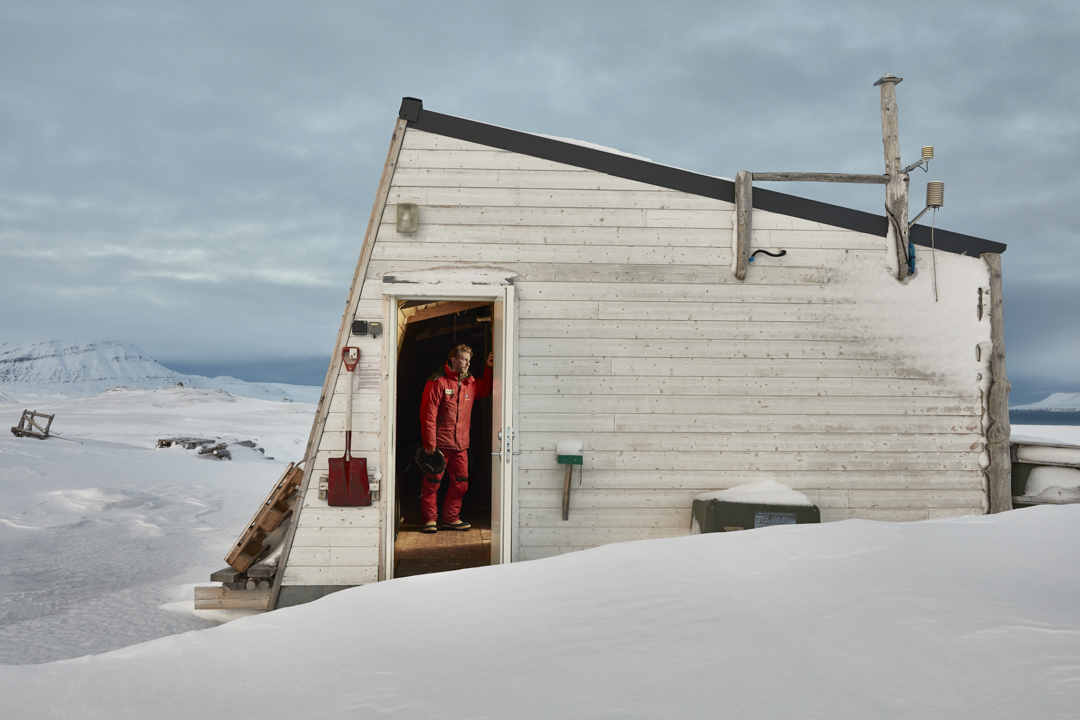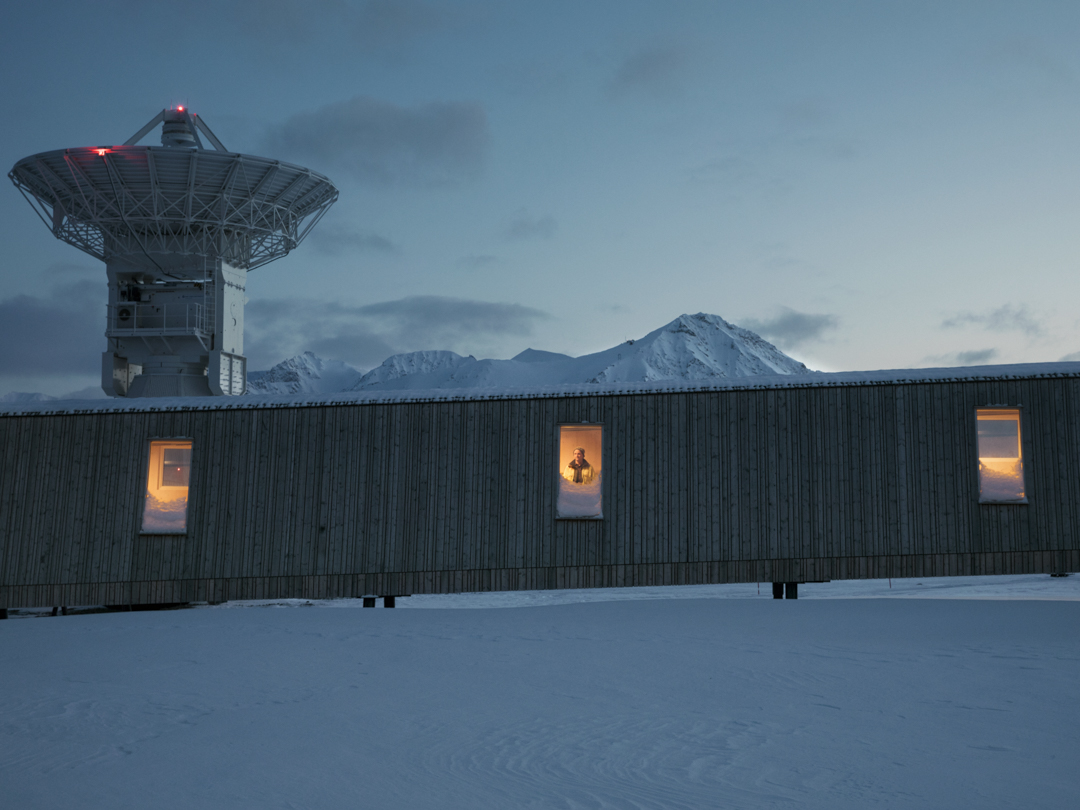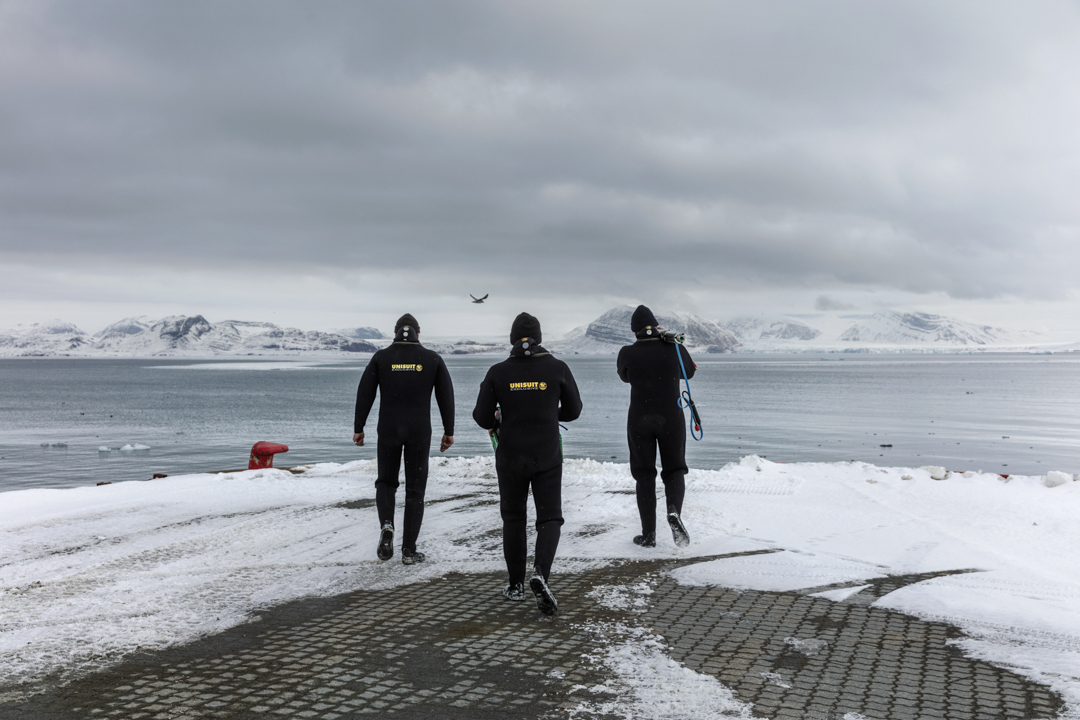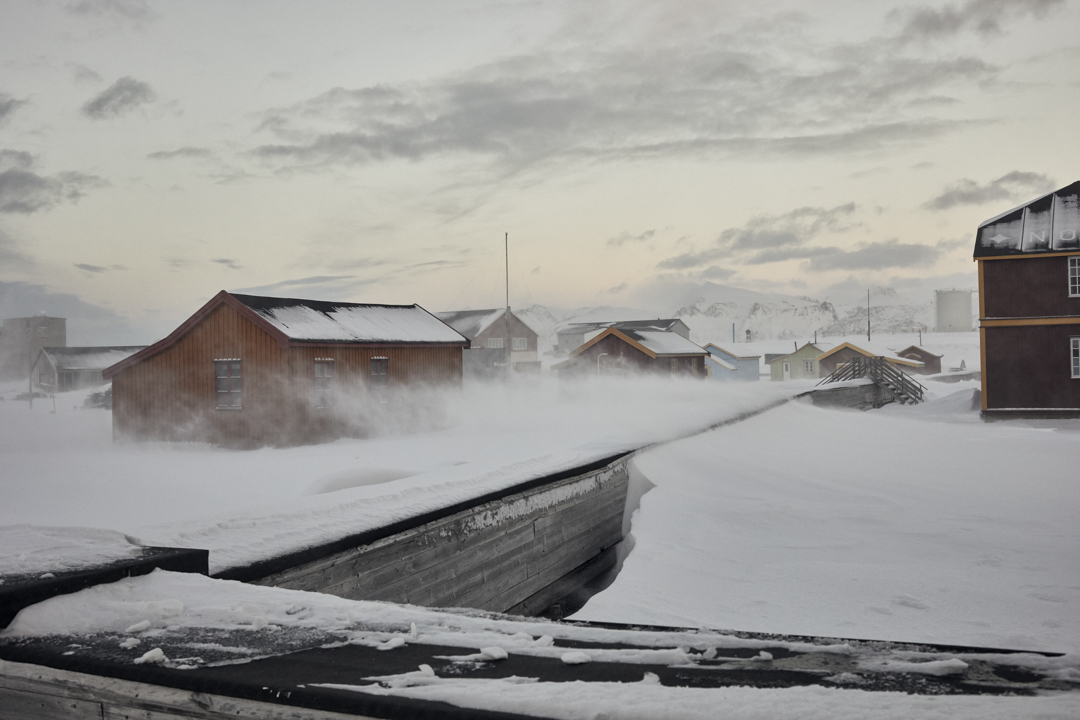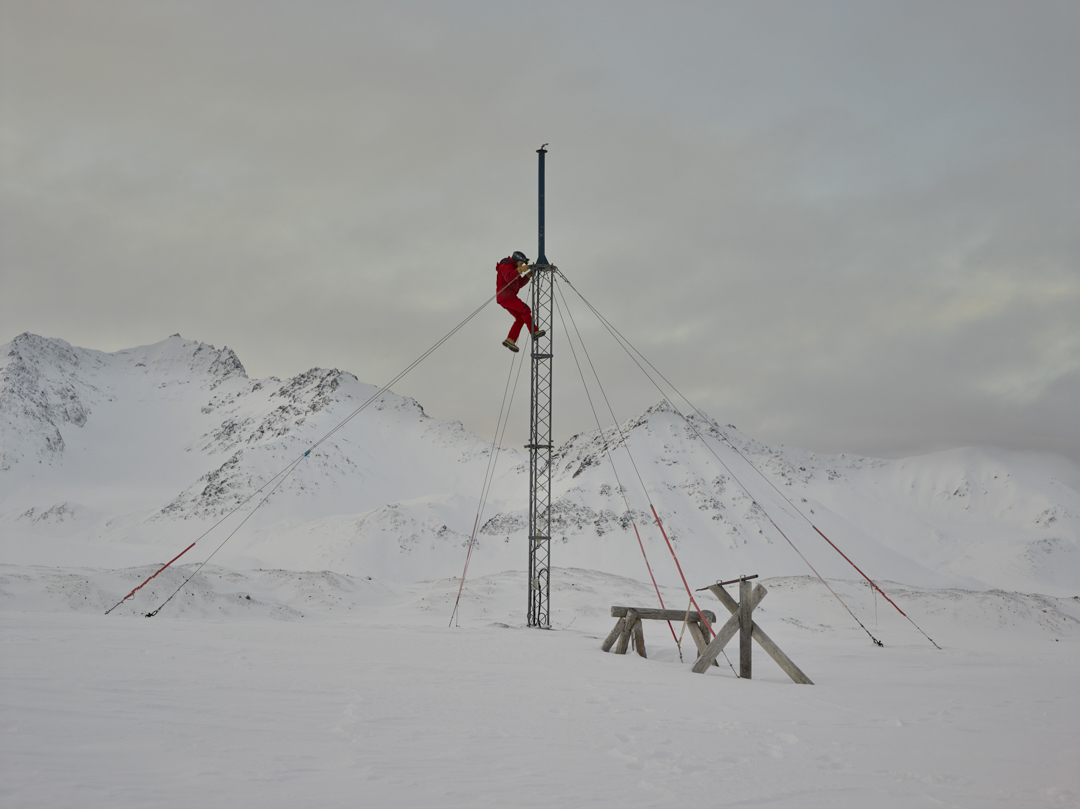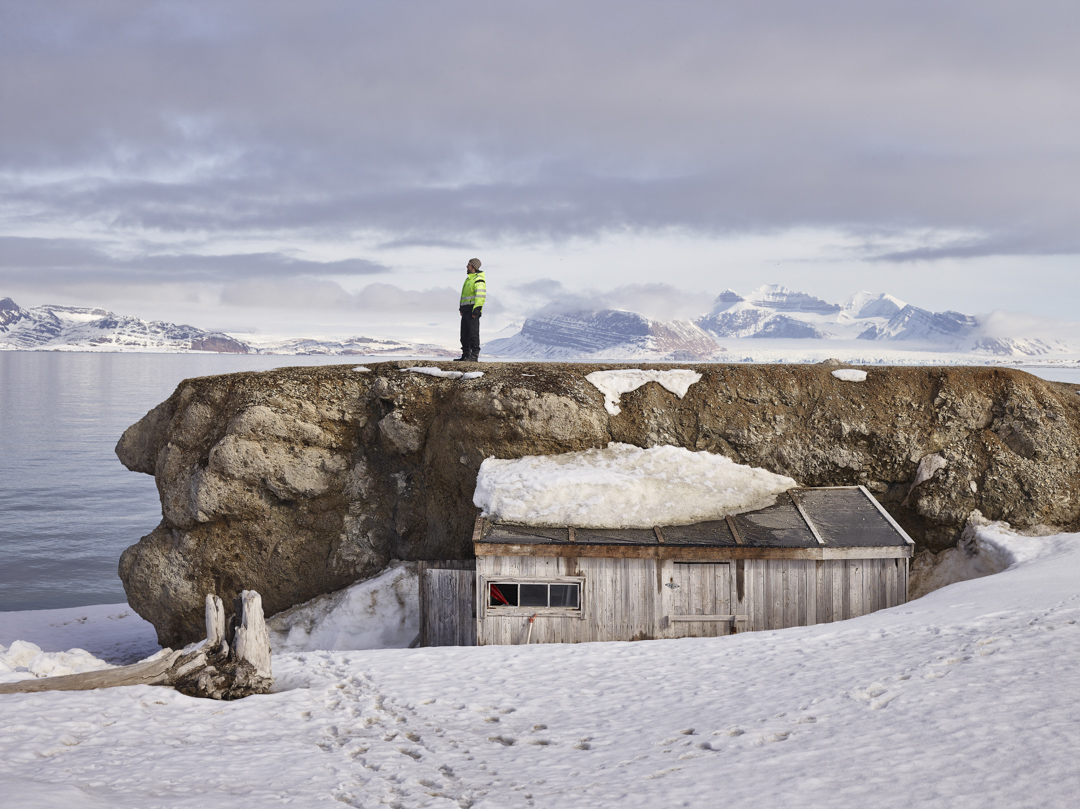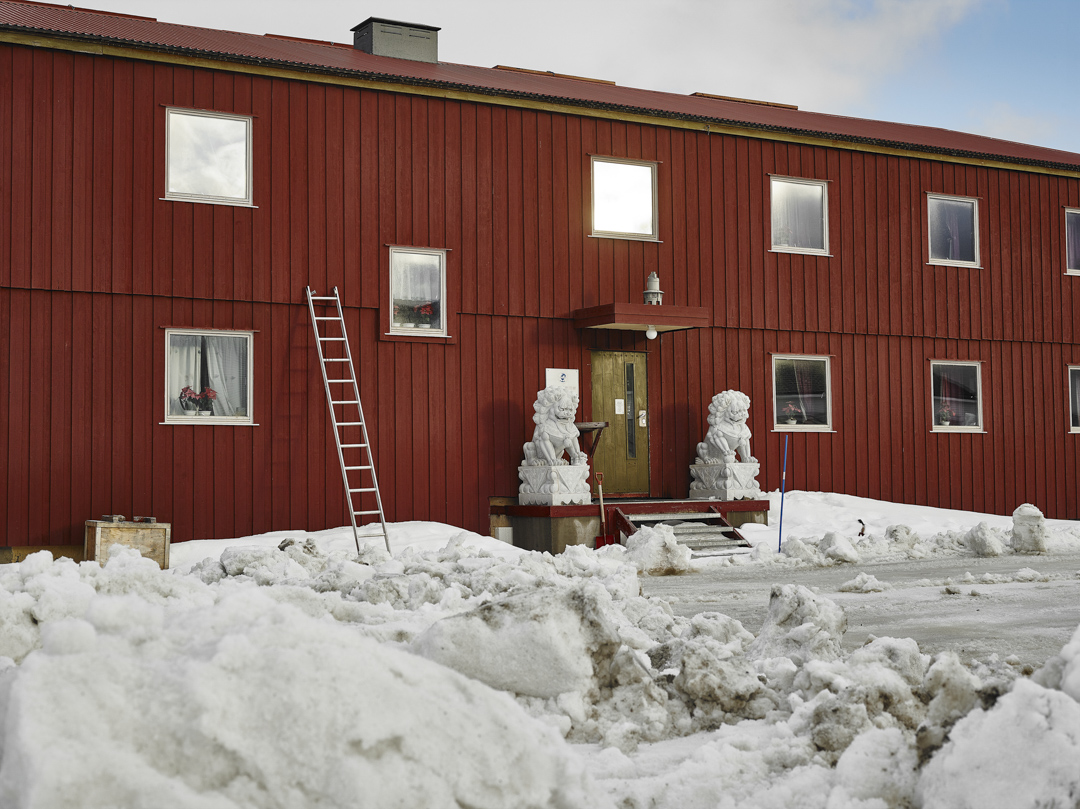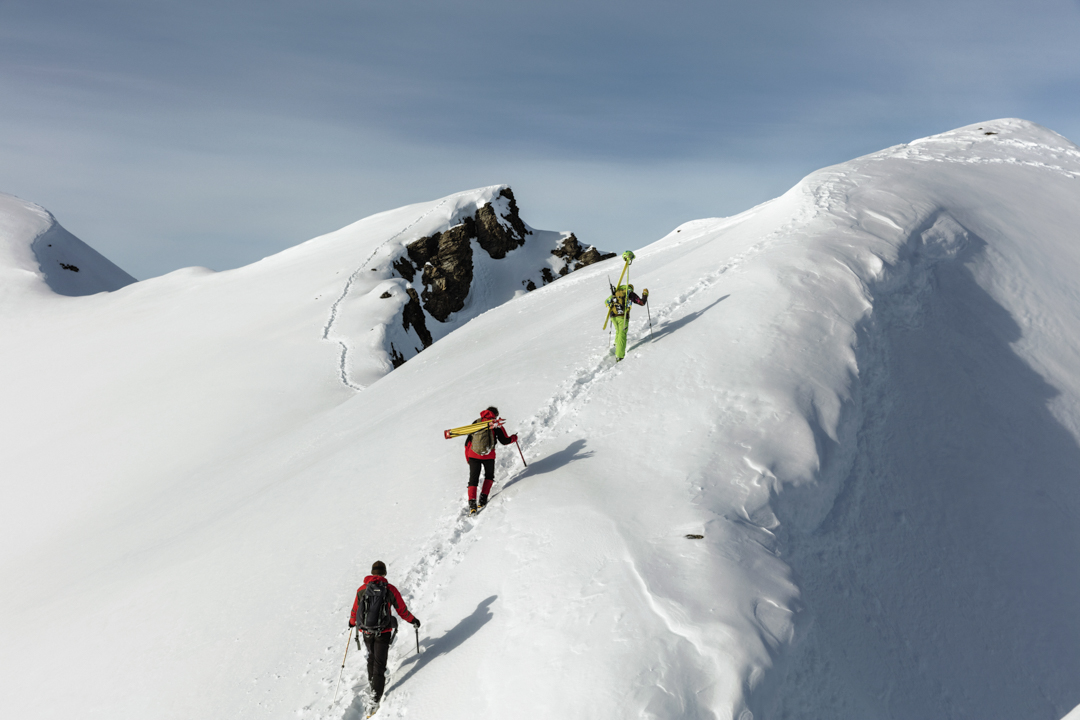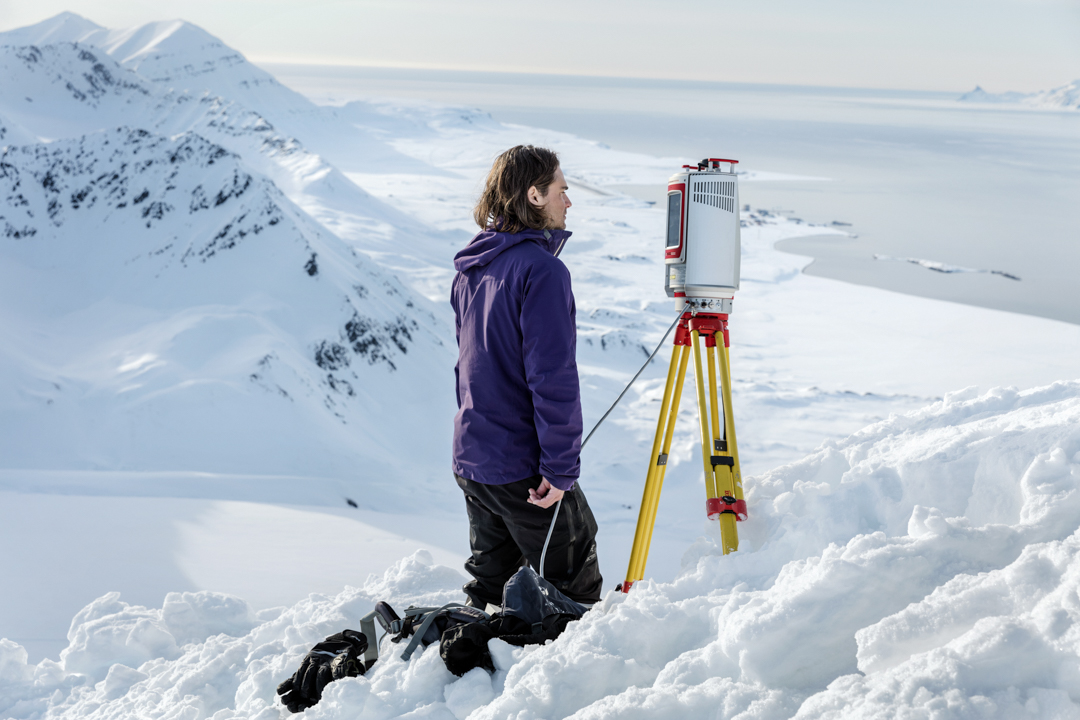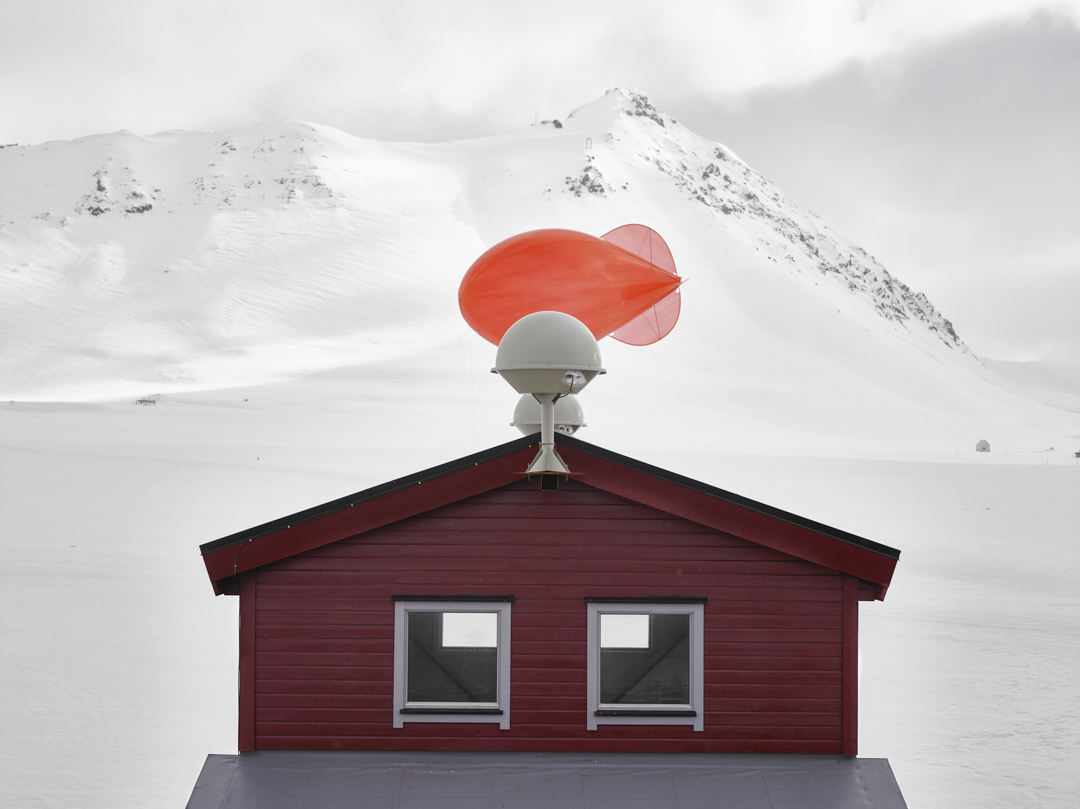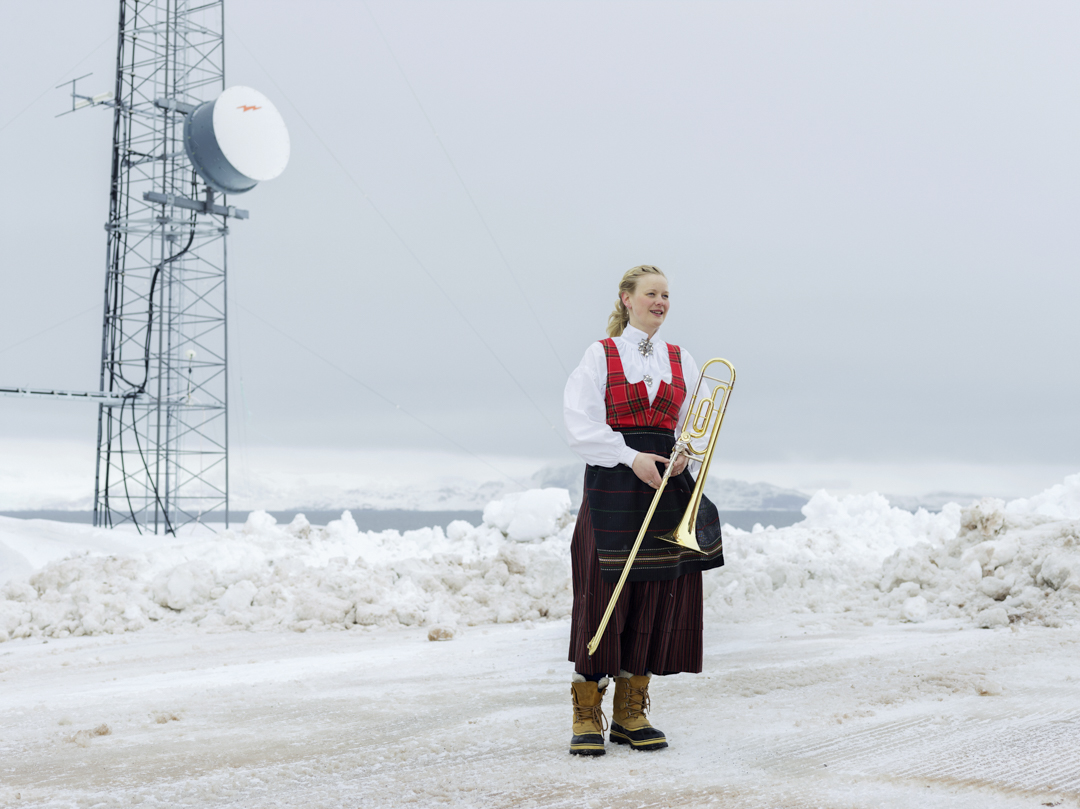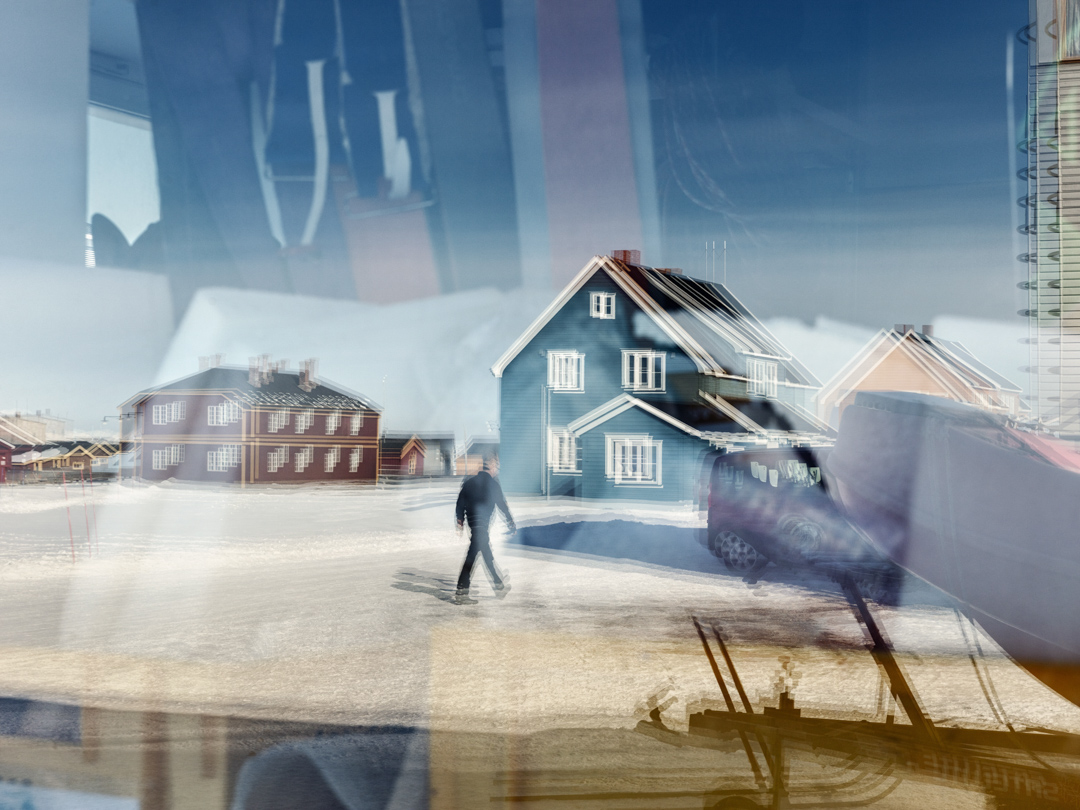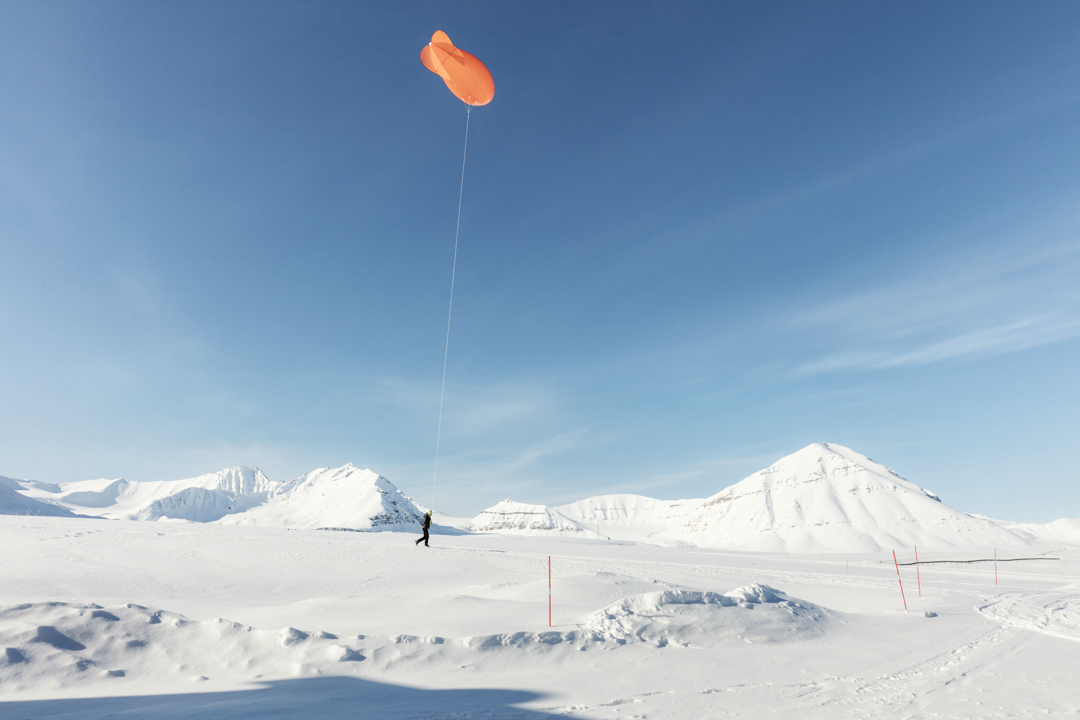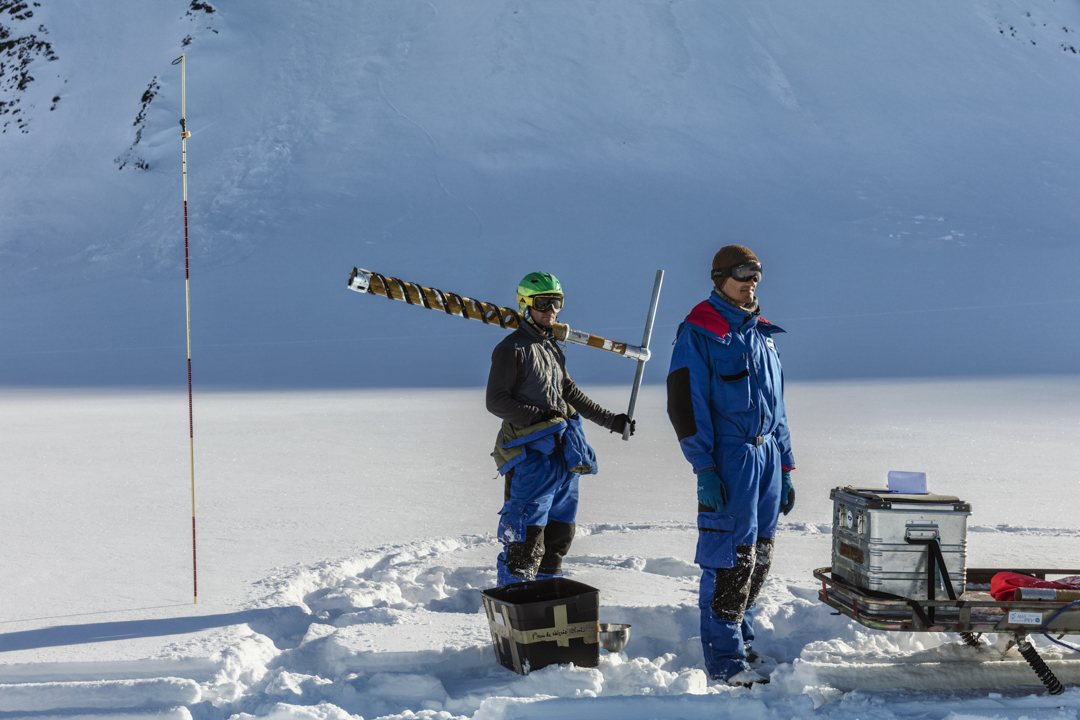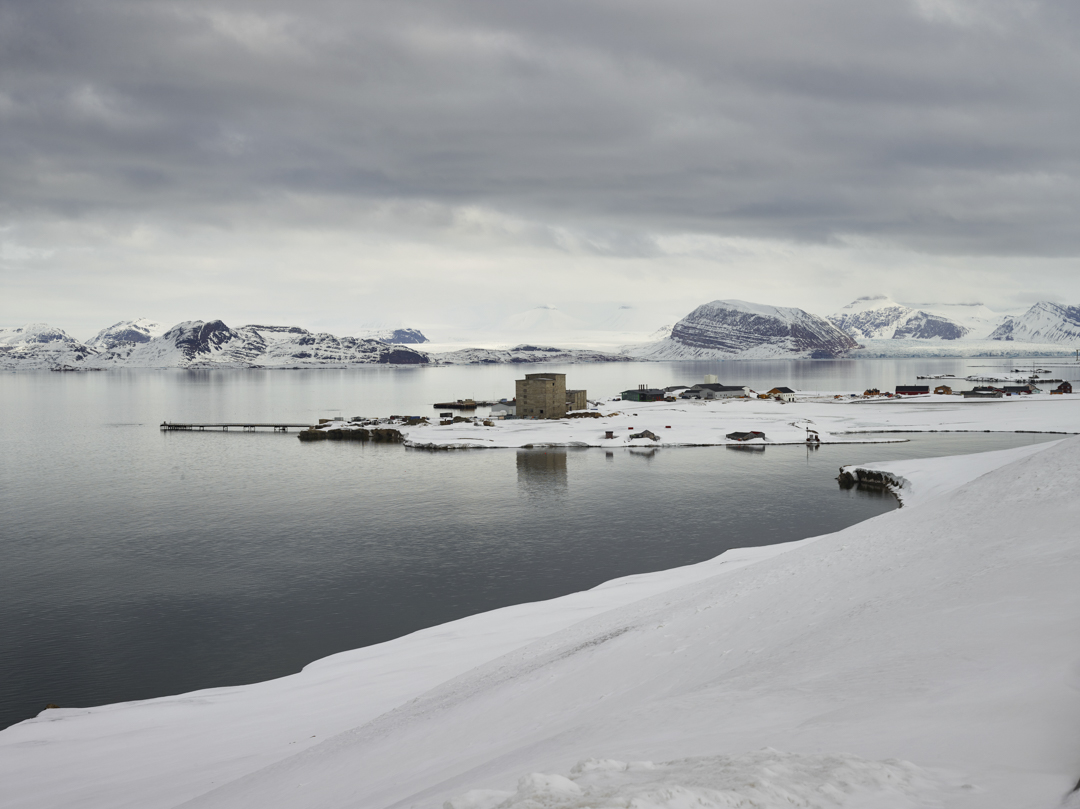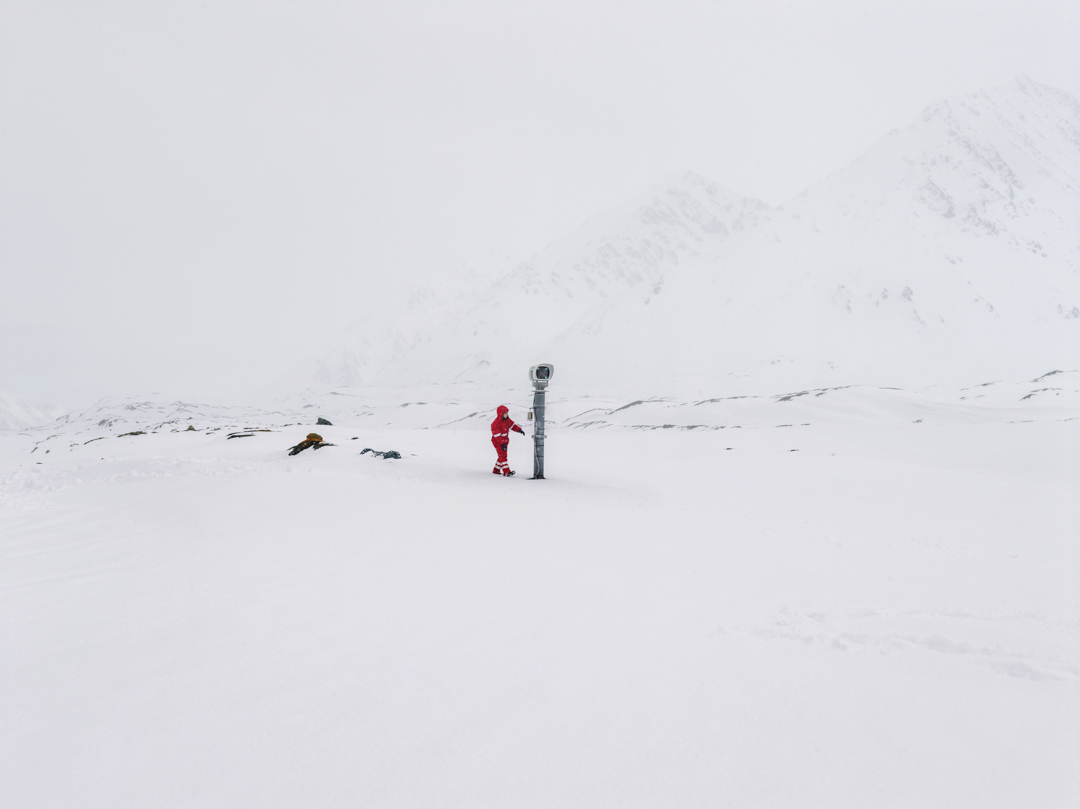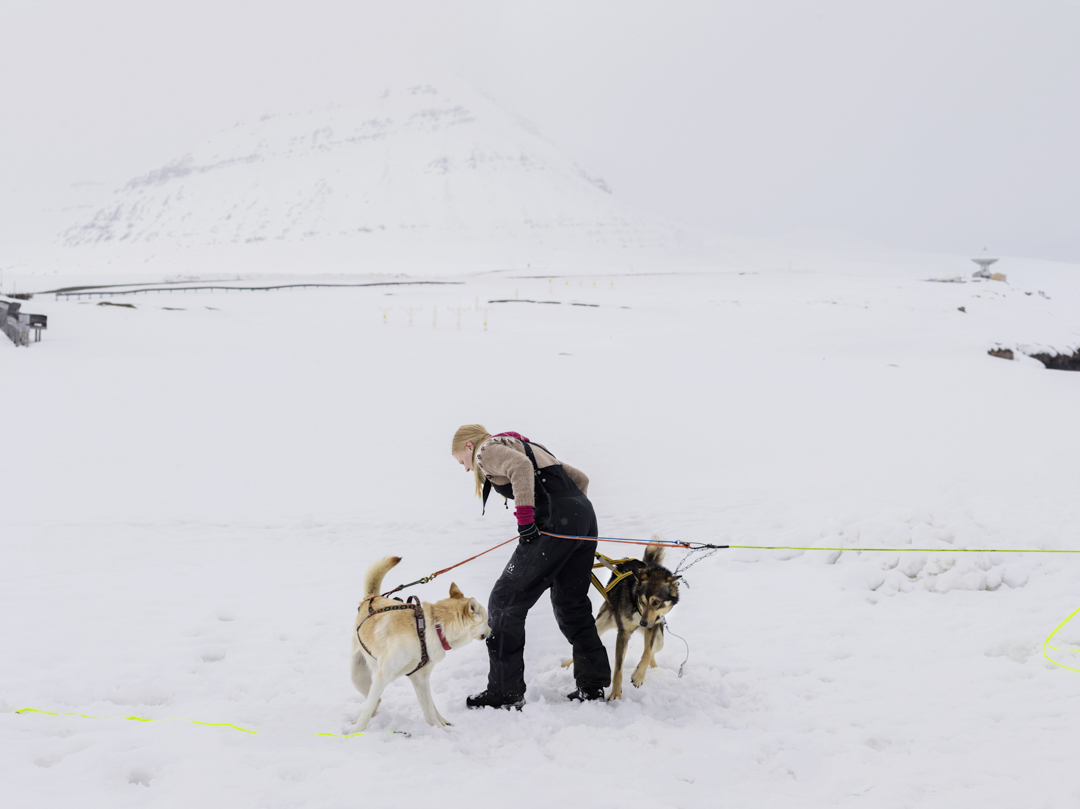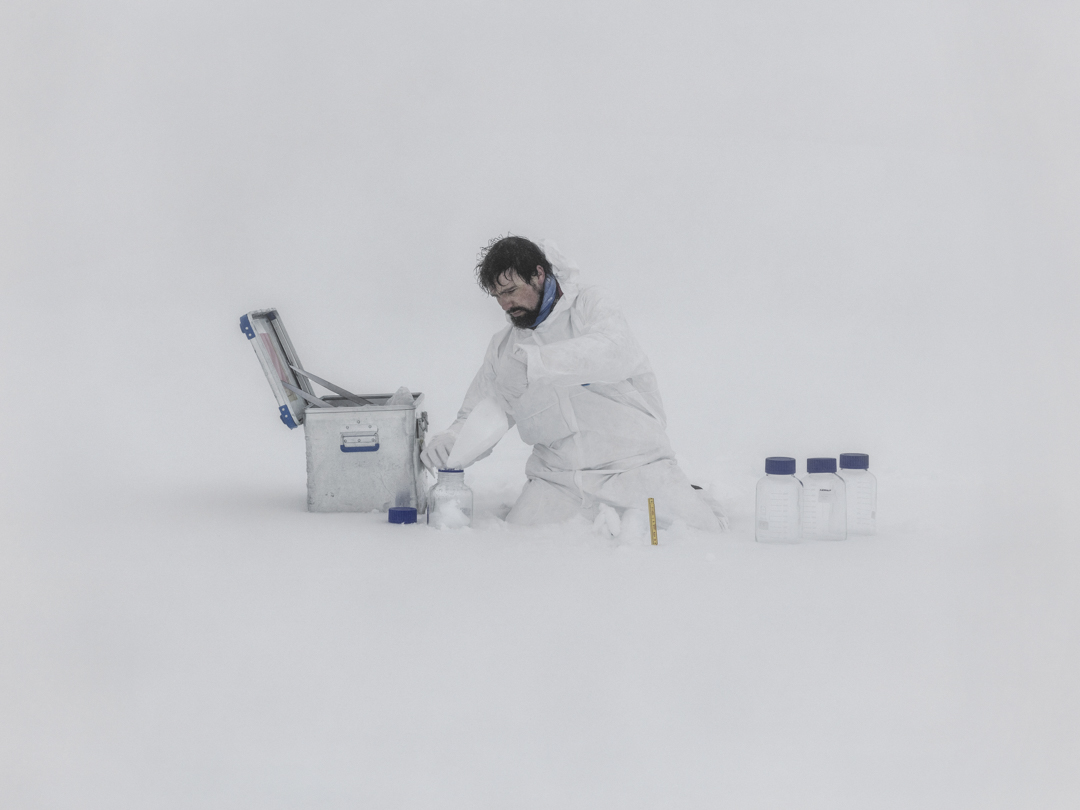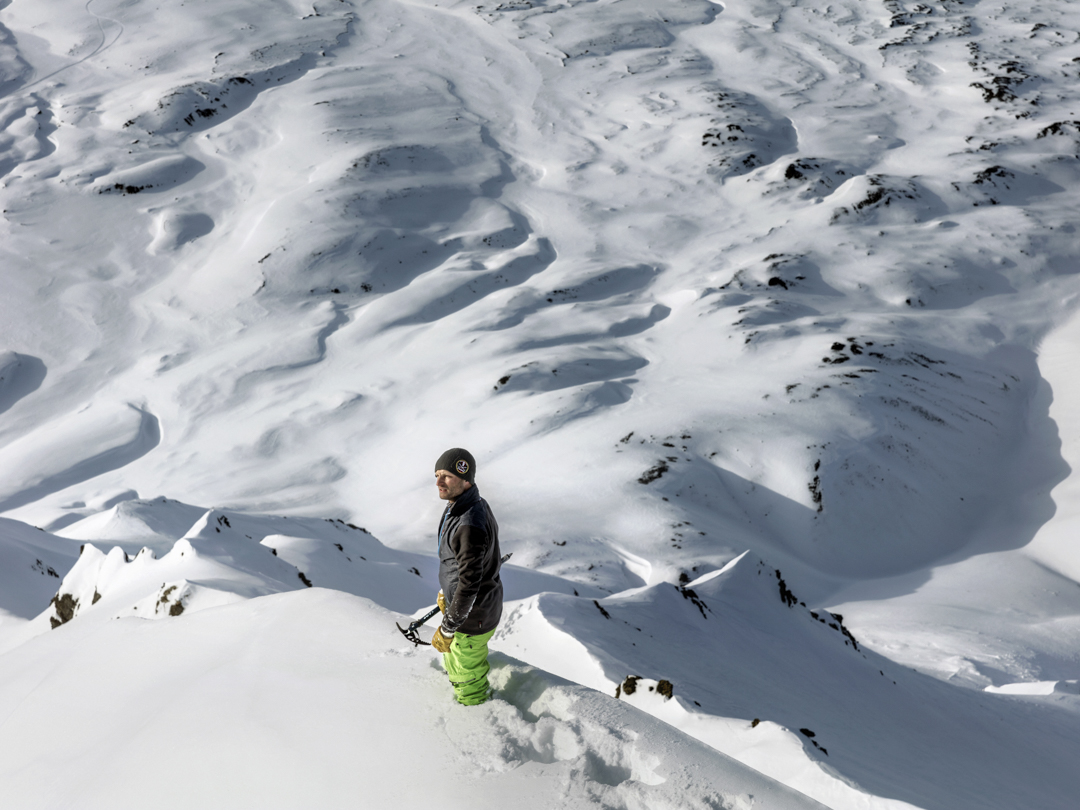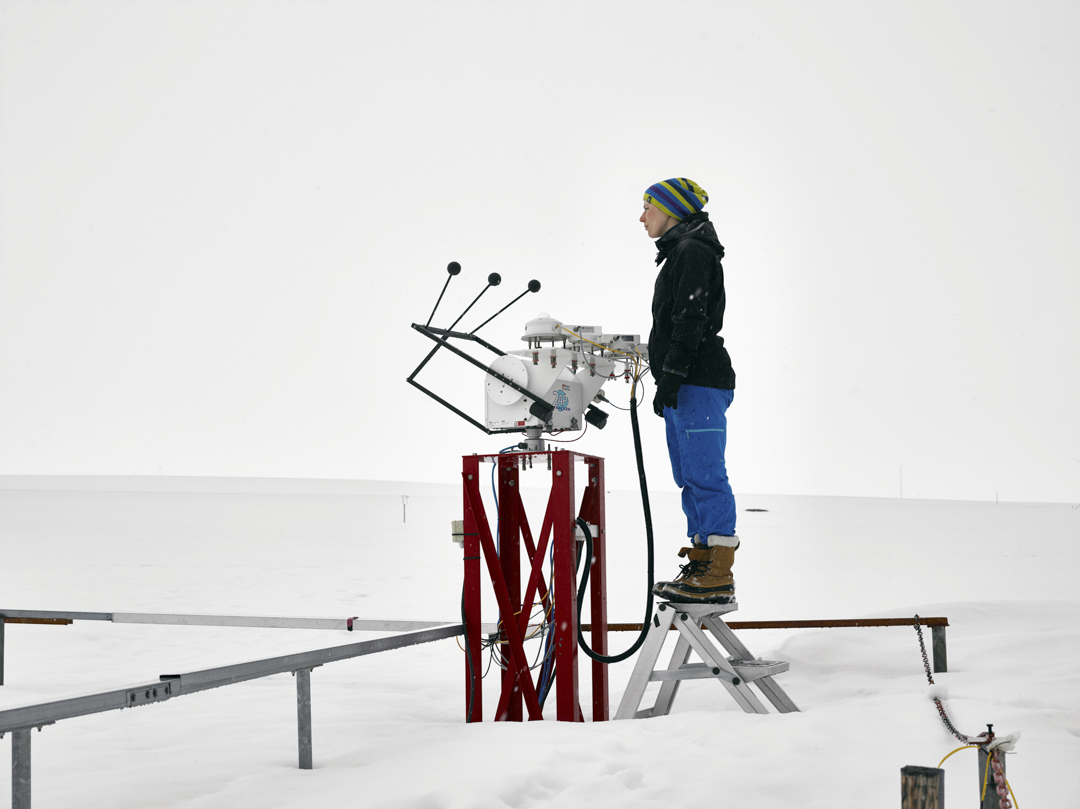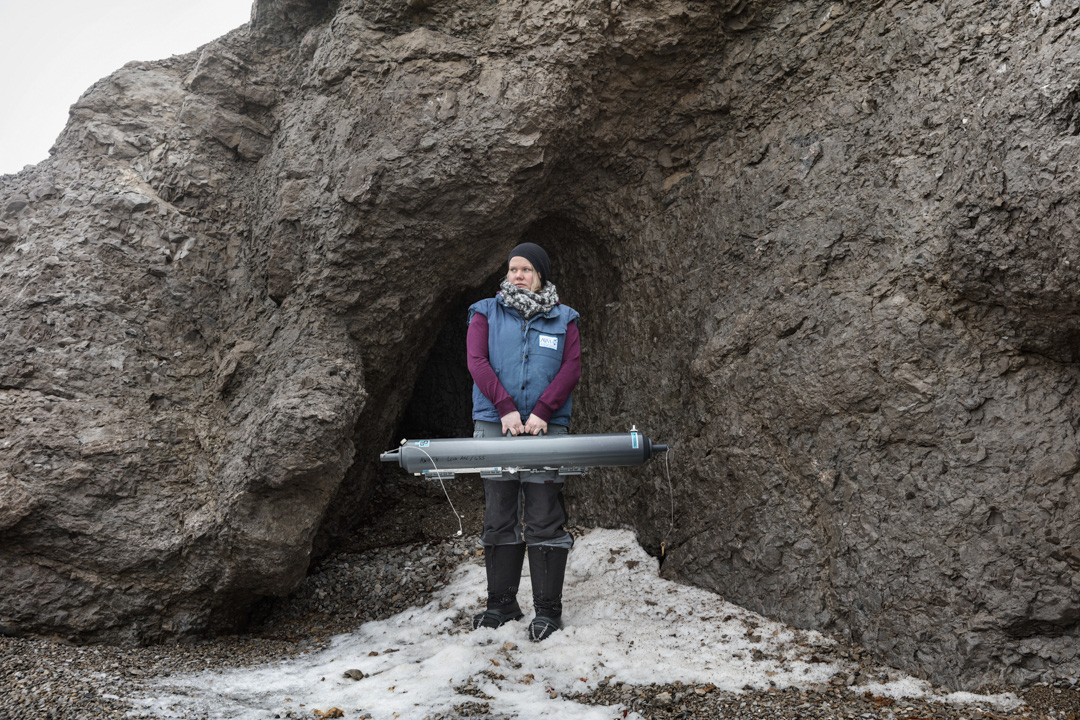Arctic Zero, 2015-2021
Ny Alesund, the northernmost city in the world, lies on the small, isolated island of Spitzberg in the far north of Norway. If its population can fall to 20 inhabitants during the southern winter, it does not exceed 150 people in summer, mainly scientists. In fact, about 1000 km from the North Pole, the city hosts the scientific Arctic bases of more than twenty countries, including France, which have come to observe and try to understand the global climate changes revealed by the polar lands. This base is the only gateway to the North Pole for French scientific teams.
Since 2015, Paolo Verzone is going once a year in Ny Alesund to document the little-emphasised role of these extreme scientists at a time when they are becoming crucial to global policy issues.
Glaciology is fundamental to analyzing and responding to the contemporary challenges of climate change. It has detected the early signs of the current climate crisis in the 1970s, and demonstrated the causal link between greenhouse gas emissions and global warming.
Today, Ny Alesund appears as an accelerated laboratory of global warming, and glaciers are privileged witnesses. The French glaciology team is at the forefront of this field of study, using drones to map the Arctic and joining glaciers by snowmobile or boat to drill nearly 300 metres thick and analyze their behaviour. As the ice melts, some glaciers now move up to 40 metres a day and destroy the scientific material fixed on the ice in a few hours.
On the 17th of May, Norway’s Independence Day, the entire base is partying.
The day begins at 8am with a flag raising. A band in a van is roaming in Ny-Alesund, followed by the researchers with little flags. Then, everybody is gathering in the former house of Roald Amundsen, famous Norwegian polar explorer.
